Planting the Seeds of Reading Enthusiasm
Sustainable Practices Teachers Can Use to Keep Books in the Hands of Students
By Katie Durkin
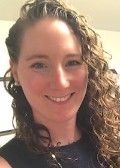 Last year, in the depths of quarantine, I planted a garden. While I had dabbled in herbs and vegetables before, I wanted to create a sustainable practice of growing my own food. I researched what types of fruits and vegetables grow best in my climate, how to construct garden beds, and how to design these beds for companion planting.
Last year, in the depths of quarantine, I planted a garden. While I had dabbled in herbs and vegetables before, I wanted to create a sustainable practice of growing my own food. I researched what types of fruits and vegetables grow best in my climate, how to construct garden beds, and how to design these beds for companion planting.
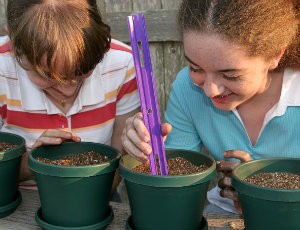 As I anxiously wait for the weather in the Northeast to start transitioning to spring, I find myself thinking about not only which seeds I will plant in my garden this year, but how I can plant the seeds of reading with my students.
As I anxiously wait for the weather in the Northeast to start transitioning to spring, I find myself thinking about not only which seeds I will plant in my garden this year, but how I can plant the seeds of reading with my students.
I believe if we want our students to be readers, teachers need to first plant their own reading garden. And I would argue teachers need to be readers of middle grade and young adult literature.
A recent conversation with some colleagues revealed they were recommending the same books to students over and over, and they were looking for guidance on how to find new books for students. This led me to think about my own practices and how I stay up-to-date with the latest books and genres of interest.
As a 7th grade Reading Workshop teacher, I have a myriad of readers in my room from voracious, can’t get books into their hands fast enough readers to my extremely reluctant, I may try a book if you recommend it readers. Recommending books to students is an integral practice to help grow readers’ skills and interests.
Knowing this, I find myself constantly searching for new stories to keep books in the hands of students. These are four sustainable practices I use throughout the school year to help me find new books to keep the seeds of reading growing in my classroom.
Online Book Lists
I am always looking for new book lists, and so many are featured on the Internet that I have felt overwhelmed in the past. For my own reading and learning about books, I have narrowed my favorite book lists down to YALSA’s book lists (Young Adult Library Services Association) and the Nutmeg Book Awards.
YALSA provides lists of all kinds of award-winning books for middle grade and young adult readers. Every year they choose the best audiobooks, graphic novels, fiction, and nonfiction, but my favorite list is the Quick Picks for Reluctant Young Adult Readers. They have their Top Ten “Quick Picks” lists going all the way back to 1996. This is a list I scour every year to find new titles to read because these are books I have found my students gravitating to the most.
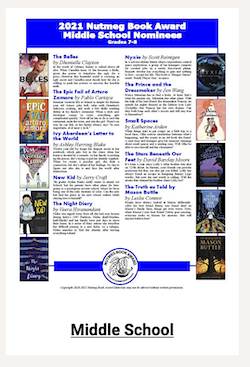 The Nutmeg Book Awards are specific to my home state of Connecticut. What I love most about these awards is that students are a part of the nomination and voting process for the winners, along with teachers, librarians, and parents.
The Nutmeg Book Awards are specific to my home state of Connecticut. What I love most about these awards is that students are a part of the nomination and voting process for the winners, along with teachers, librarians, and parents.
There are 10 books nominated each year with one eventual winner in four categories: Elementary (2nd-3rd grade), Intermediate (4th-6th grade), Middle School (7th-8th grade), and High School (9th-12th). Both the Middle School and High School nomination lists help me to choose new books to recommend for my students.
While social media may not come to mind when looking for books, I have found Instagram to be a gold mine for staying up to date with new and exciting books. We Need Diverse Books (@weneeddiversebooks on Instagram) is an organization that promotes diversity among children’s literature, especially within the publishing industry. They often feature quotes from authors as well as new books that will be published soon. Following this account has helped me to diversify my reading and my classroom library.
OwlCrate (@owlcrate) and OwlCrate Jr. (@owlcratejr) are book subscription boxes that feature different themed boxes every month for middle grade and young adult readers. Their products feature one book a month, but the boxes also have tons of little goodies related to the themes readers can enjoy each month with the chosen book.
Lastly, one of my favorite accounts on Instagram is @penguinteen (there’s also a website, Penguin Teen.) The Sunday Shout-Outs feature readers’ posts about the books they are enjoying at the moment. There’s also Rec-a-Reads, where readers can write to ask for specific recommendations. Sometimes requests are for specific genres or types of characters, and Penguin Teen takes these requests and does book talks about new titles.
I have found so many books through Rec-a-Reads, since these are usually brand-new or soon-to-be-published titles. I also have adopted a similar practice with my students.
At the beginning of each week, I poll students to see what kinds of books they would like to hear about. Every Friday, I post a recommendation video featuring 2-3 books based upon their interests and books I have recently read. Most importantly, I also let them know where they can find these books if they are interested in reading them.
Here’s a book talk video Katie made for her classes
Good Ol’ Fashioned Libraries and Bookstores
Immersing myself in middle grade and young adult literature also means I gravitate toward this section of any bookstore or library the minute I arrive. If I want to read what my students are reading – I like to see what is being featured in the young reader and teen sections.
Even though I may not have been to a book store recently because of the pandemic, I still use the book lists online provided by Barnes and Noble and Amazon to see what books are the most popular at the moment. I especially love how Barnes and Noble has a section for “New Releases” and “Coming Soon.” These lists help me see what is new from past favorite authors or when the next book in a series is being published.
While I do enjoy scouring the internet for new books, I also visit my school and public libraries frequently to see what books are new and on display for teen readers. Both of these places are incredible resources for teachers to see what librarians are featuring in these spaces.
I also talk to my school librarian about the current reading practices at our school. The school librarian shares with teachers what books are new in the school library and what books are currently popular with the students. She also shares the lists of what my students currently have checked out from the library, so I am able to see instantly what my students are reading at that moment.
Ask your students!
This may be the last sustainable practice, but I would argue it is the most important one. I want students to be reading books that are of interest to them. But in order to know which books to read for the year, I need to ask my students about their preferences for reading.
At the beginning of every year, students complete a reader profile survey, which asks questions about their interests and their engagement in voluntary reading. The survey asks them how they access books and what qualities they look for in a good book, but most importantly it asks them for their favorite genres and books.
I want to know what my students are interested in reading so every year I can adjust my reading to fit the needs of my students. And while their interests may not be the same as mine, I still want to be able to speak to a book that may get them interested in reading. Even if this means this year I have had to try more horror books than my nightmares would care to admit.
Download Katie’s tipsheet of sustainable practices
We want our students to plant their own seeds of reading to become voracious, empowered readers. But I would argue this first begins with teachers planting their own garden of reading, and to plant a successful garden, you need to choose the right seeds.
My hope is that with teachers creating sustainable practices to find and read new books, they will model these important practices for their students so they can blossom as readers.
I want students to see me with a book in hand, a book they could read in the future. I want to be able to talk about the books I am recommending because I have experienced them as a reader myself. And to accomplish all these goals, I need to make finding and reading new books a part of the work I do for my students.
I am always looking for more ways to find great books to read and recommend to my students. If you have a great strategy that works for you, please share it in the comments section below. You can also reach me on Twitter (@kmerz610) using the hashtag #growingreaders.
Katie Durkin (@kmerz610) has been teaching English Language Arts to middle school students for a decade and currently teaches 7th grade Reading Workshop at public Middlebrook School in Wilton, Connecticut.
Katie is a zealous reader of middle grades and young adult books and enjoys sharing her love and passion for reading with her students. She is a doctoral student at Northeastern University studying the impact of classroom libraries on middle school students’ reading engagement. She is the 2020 recipient of the Edwyna Wheadon Postgraduate Training Scholarship from the National Council of Teachers of English.

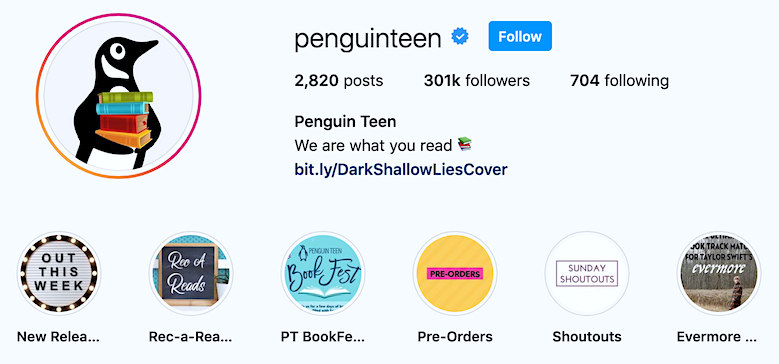
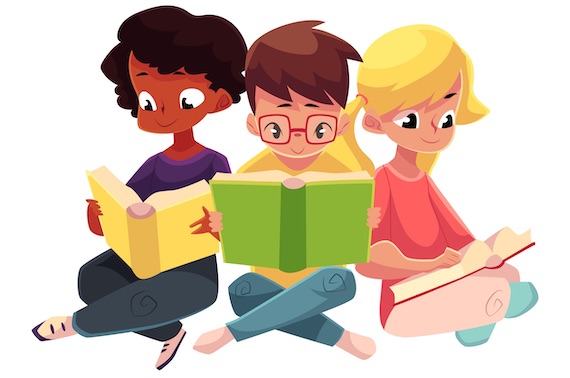

































Excellent suggestions. These are all methods taught to aspiring librarians for Readers Advisory, that is: finding the right book for the reader!